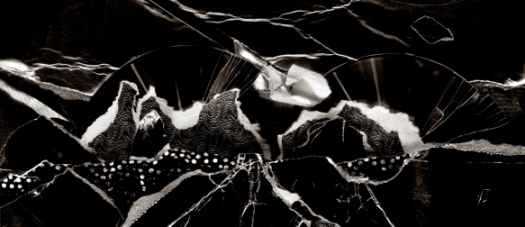In many ways I feel as though Lisa Congdon is the heir apparent to Maira Kalman‘s throne. I’ve followed Lisa’s development as an artist for the last few years. I was late coming to the two projects that have fueled her career momentum, the first of which was ‘a collection a day‘ and then more recently ‘365 days of hand lettering‘. Lisa has a new book out ‘Art, Inc.‘ which describes the practical aspects of making a living from your art. Peppered with examples from her own transition from teacher to working artist as well as interviews with a number of other artists this is a great resource for any visual artist thinking about making the leap. What I realized from working through Art Inc. is that Lisa Congdon’s success hasn’t been a matter of luck but rather a result of showing up and doing the work everyday and most importantly sharing what she’s been doing with the world.
Check out the recent interview that Lisa had with Dane Sanders here, discussing her new book on creative live here and some additional videos of her describing her work below.








 I’ve been looking at work by Aaron Siskind over the last few weeks and as part of that reading came across
I’ve been looking at work by Aaron Siskind over the last few weeks and as part of that reading came across